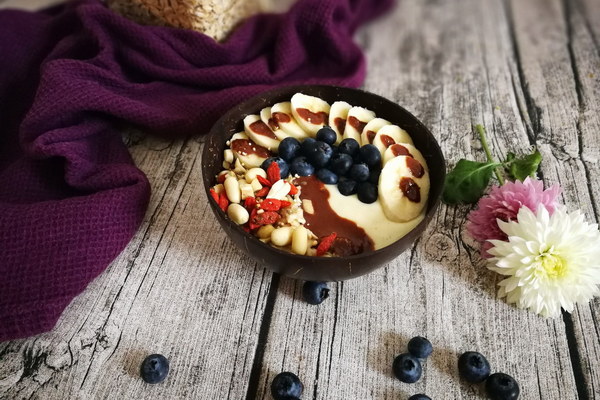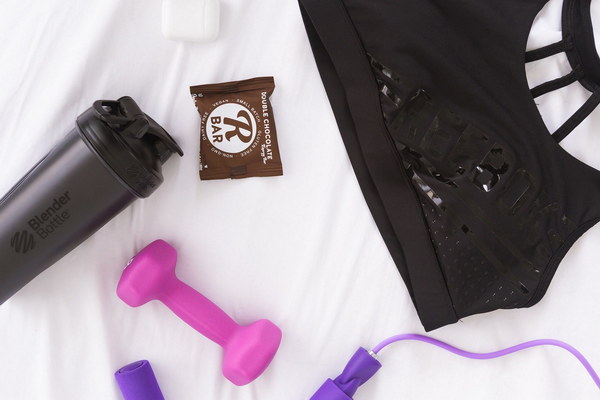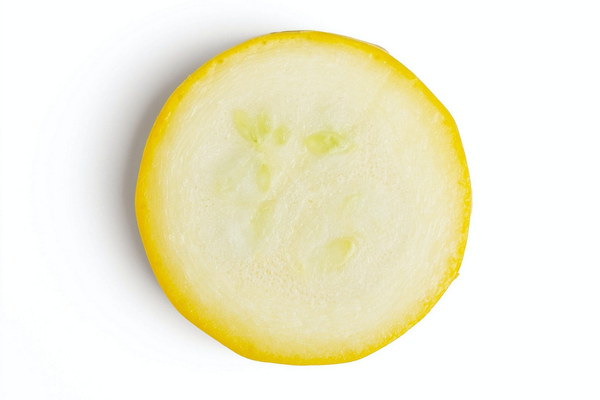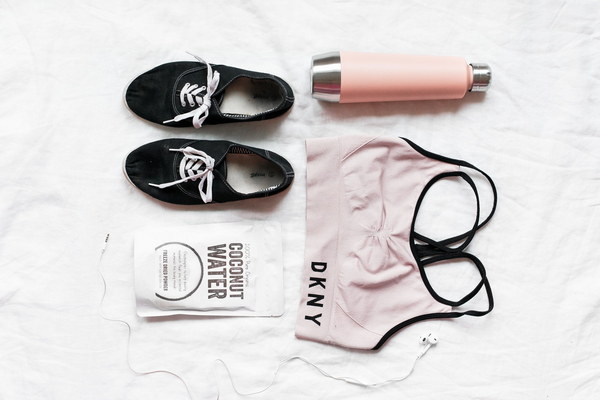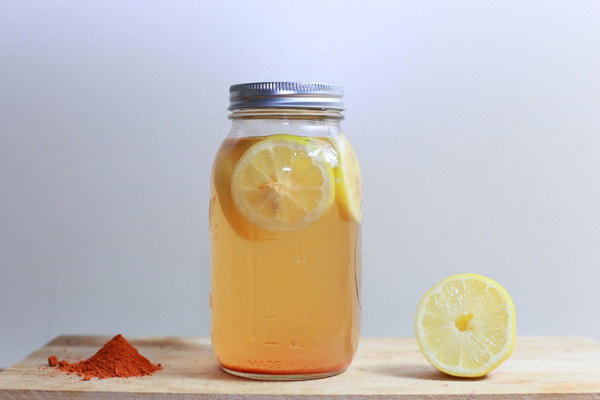Perfecting Your Skincare Routine A Balanced Oil Care Mix and Match Guide
Introduction:
Balancing the oil levels in your skin is essential for maintaining a healthy, glowing complexion. Whether you have oily, dry, or combination skin, finding the right mix of skincare products can make all the difference. In this article, we'll explore the key ingredients and products that can help you achieve a balanced oil care routine for your unique skin type.
1. Understanding Your Skin Type
Before diving into product recommendations, it's crucial to understand your skin type. Here's a quick guide to identify whether you have oily, dry, or combination skin:
- Oily Skin: Characterized by shiny, greasy areas, often leading to acne and clogged pores.
- Dry Skin: Prone to redness, tightness, and flakiness, with a lack of moisture.
- Combination Skin: Combines features of both oily and dry skin, with oiliness typically concentrated in the T-zone (forehead, nose, and chin).
2. Key Ingredients for Balanced Oil Care
a. Cleansers:
- Oily Skin: Look for oil-free, non-comedogenic cleansers with ingredients like salicylic acid to remove excess oil and prevent acne.
- Dry Skin: Opt for gentle, hydrating cleansers with ingredients like glycerin and ceramides to nourish and protect your skin.
- Combination Skin: Use a dual-purpose cleanser that effectively cleanses without stripping moisture from your dry areas.
b. Toners:

- Oily Skin: Choose alcohol-free toners that help remove excess oil and tighten pores.
- Dry Skin: Seek out hydrating toners with ingredients like hyaluronic acid to replenish moisture.
- Combination Skin: Use a toner that suits your dry areas, while being gentle enough for your oily zones.
c. Serums:
- Oily Skin: Look for serums with ingredients like niacinamide, vitamin C, and tea tree oil to regulate oil production and combat acne.
- Dry Skin: Opt for hydrating serums with ingredients like hyaluronic acid, vitamin E, and glycerin to boost moisture levels.
- Combination Skin: Use a serum that targets both your oily and dry areas, such as a lightweight, hydrating formula with astringent properties.
d. Moisturizers:
- Oily Skin: Choose oil-free, non-comedogenic moisturizers with ingredients like hyaluronic acid and niacinamide to hydrate without clogging pores.
- Dry Skin: Use rich, hydrating moisturizers with ingredients like shea butter, squalane, and ceramides to lock in moisture and nourish your skin.
- Combination Skin: Opt for a lightweight, oil-free moisturizer that provides hydration without contributing to oiliness in your T-zone.
e. Sun Protection:
- All Skin Types: Incorporate a broad-spectrum sunscreen with an SPF of at least 30 into your routine to protect your skin from harmful UV rays and prevent premature aging.
3. Product Recommendations
a. Oily Skin:
- Cleanser: La Roche-Posay Effaclar Purifying Foaming Gel
- Toner: Bioderma Sébium Global
- Serum: Paula's Choice Skin Perfecting 2% BHA Liquid Exfoliant
- Moisturizer: La Roche-Posay Effaclar Mat
- Sunscreen: EltaMD UV Clear Broad-Spectrum SPF 46
b. Dry Skin:
- Cleanser: CeraVe Foaming Facial Cleanser
- Toner: Caudalie Vinopure Purifying Toner
- Serum: SkinCeuticals Hydrating B5
- Moisturizer: Olay Regenerist Micro-Sculpting Cream
- Sunscreen: Neutrogena Hydro Boost Water Gel Broad-Spectrum SPF 50
c. Combination Skin:
- Cleanser: Cetaphil Gentle Skin Cleanser
- Toner: Thayers Alcohol-Free Rose Petal Toner
- Serum: Dr. Jart+ Dermask Water Jet Vital Drop
- Moisturizer: First Aid Beauty Ultra Repair Moisturizer
- Sunscreen: Shiseido Ultimate Sun Protection Lotion Broad-Spectrum SPF 50
Conclusion:
Achieving a balanced oil care routine is all about finding the right mix of products that cater to your skin's unique needs. By understanding your skin type and incorporating the appropriate ingredients, you can create a tailored skincare regimen that will leave your skin looking and feeling its best. Remember to always patch-test new products before adding them to your routine and consult with a dermatologist if you have any concerns.
